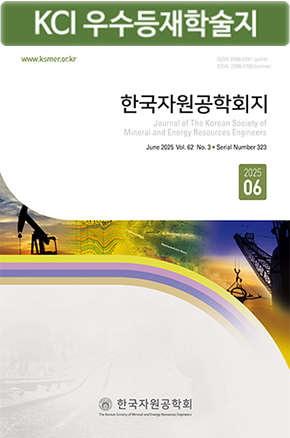Research Paper
Abstract
References
Information
Alizadeh, B., Najjari, S., and Kadkhodaie-Ilkhchi A., 2012, Artificial neural network modeling and cluster analysis for organic facies and burial history estimation using well log data: a case study of the South Pars Gas Field, Persian Gulf, Iran, Computers & Geosciences, 45, p.261-269.
10.1016/j.cageo.2011.11.024
Amr, S., Ashhab, H. E., El-Saban, M., Shietinger, P., Caile, C., Kaheel, A., and Rodriguez, L., 2018, A large-scale study for a multi-basin machine learning model predicting horizontal well production, Paper presented at the 2018 SPE Annual Technical Conference and Exhibition, SPE, Dallas, Texas, USA.
10.2118/191538-MS
- Publisher :The Korean Society of Mineral and Energy Resources Engineers
- Publisher(Ko) :한국자원공학회
- Journal Title :Journal of the Korean Society of Mineral and Energy Resources Engineers
- Journal Title(Ko) :한국자원공학회지
- Volume : 58
- No :5
- Pages :475-490
- Received Date : 2021-09-13
- Revised Date : 2021-10-06
- Accepted Date : 2021-10-26
- DOI :https://doi.org/10.32390/ksmer.2021.58.5.475



 Journal of the Korean Society of Mineral and Energy Resources Engineers
Journal of the Korean Society of Mineral and Energy Resources Engineers








